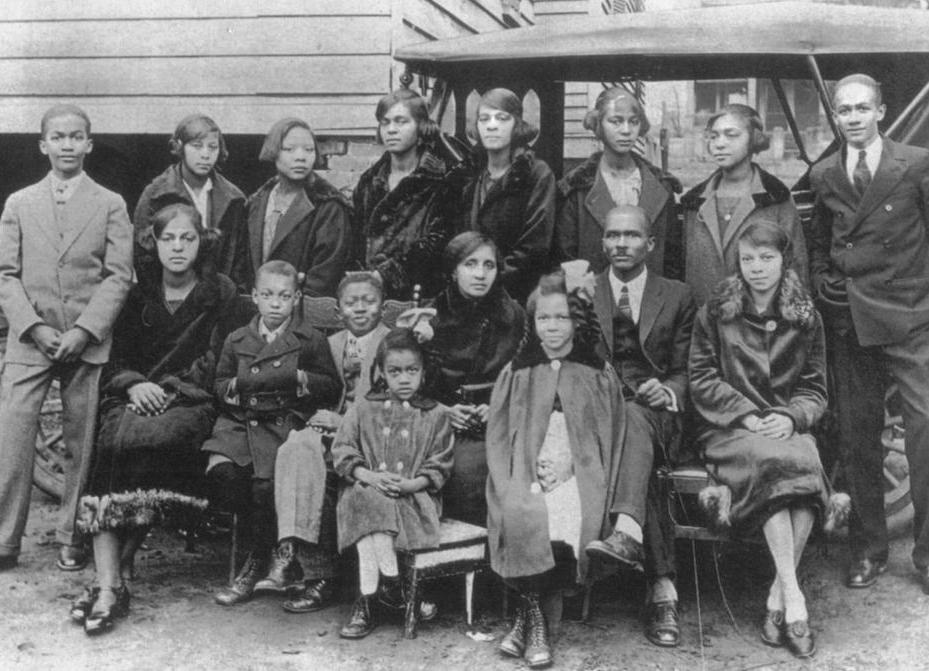
Figure 1.--This is self-made phoographer Richard Sammuel Roberts with his family and in the great American tradition, posed in front of their new car. We do not have the date the photograph was taken, but it was probably the early-1920s. |

|
Richard Samuel Roberts is the most important Afro-American photographer emerging from the south during the Jim Crow era. He was born in South Carolina (1936). He was a self-taught photographer who operated a studio in Fernandina, Florida. He earned a reputation as a talented portaist. And he left an important legecy of a rich photographic record of the Black community during the Jim Crow era. It shows a much more nuanced view than the steroptypical view of abject poverty and economic failure. He had to study photograpjy on his own while working as a stevedore and fireman laborer before he could save the money to open his own studio. He did not specialize in children, but left many images of southern Black children in his archive. A reader writes, "I found a book about Afro-American photographer Richard Samuel Roberts. The photographs he took show the Afro-Americans and their families. They are not poverty stricken like we see in 'To Kill A Mocking Bird' or the New Deal Depression photographers. They have cars, live in pleasant neighbourhoods, and dress in the fashions of the times. Not what I had thought!" Our reader makes an important point. This is not to say there was not real poverty. Or the New Deal photographrs like Dorthea Lange and the other Farm Security Administration photographers did not acurately depict the condition of many Black Americans. It is to say that the real state of Black America is much more nuanced than often portrayed. It also speaks to the point that among the victims of the Ku Klux Klan was not the Black family. This is a much more recent phenomenon. Many of Roberts' photographs were taken of the African-American community of Columbia, South Carolina--the state capital. His photography records much of the life of this community in the early part of the 20th century. One of his major themes was family life. He documented the lives of this community primarily during the 1920s. It is believed that over a fifteen year period he took some 10,000 photographs.
Navigate the Boys' Historical Clothing Web Site:
[Return to:Main 20th century photographer page]
[Return to:Main photographer page]
[About Us]
[Introduction]
[Activities]
[Biographies]
[Chronology]
[Clothing styles]
[Countries]
[Girls]
[Theatricals]
[Bibliographies]
[Contributions]
[FAQs]
[Glossaries]
[Images]
[Index]
[Links]
[Registration]
[Tools]
[Main HBC Topic page]
[Boys' Historical Clothing Home]
Navigate the Boys' Historical Clothing Web Site:
[Sailor suits]
[Sailor hats]
[Buster Brown suits]
[Eton suits]
[Rompers]
[Tunics]
[Smocks]
[Pinafores]
[Lederhosen]
